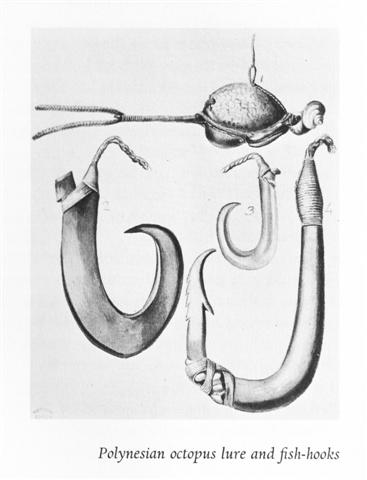417. Looking again at the Sun dates in the Koba text we can count the number of days from the defeat of Itzam-Yeh to the time when Hun-Nal-Ye became the sky: 25 * 73 + 542 = 1825 (→ 365 / 2) + 365 + 177 = 2367.
Probably the creator of the great text documented many well known basic numbers for all to read. For instance could the total time distance of 2367 days be interpreted as a hint to count 236 weeks (7), because 236 = 8 * 29½ nights. 236 * 7 = 56 * 29½ = 1652 = 4 * 413 = 4 * (365 + 48) = 4 * (354 + 59). And 7 * 59 = 413.
Here the total time measured twice 236, implying the form should be not that of a circle but that of a double circle, i.e. that of the figure 8.
... The manner of his death can be reconstructed from a variety of legends, folk-customs and other religious survivals. At mid-summer, at the end of a half-year reign, Hercules is made drunk with mead and led into the middle of a circle of twelve stones arranged around an oak, in front of which stands an altar-stone; the oak has been lopped until it is T-shaped.
He is bound to it with willow thongs in the 'five-fold bond' which joins wrists, neck, and ankles together, beaten by his comrades till he faints, then flayed, blinded, castrated, impaled with a mistletoe stake, and finally hacked into joints on the altar-stone. His blood is caught in a basin and used for sprinkling the whole tribe to make them vigorous and fruitful. The joints are roasted at twin fires of oak-loppings, kindled with sacred fire preserved from a lightning-blasted oak or made by twirling an alder- or cornel-wood fire-drill in an oak log. The trunk is then uprooted and split into faggots which are added to the flames. The twelve merry-men rush in a wild figure-of-eight dance around the fires, singing ecstatically and tearing at the flesh with their teeth ... 413 (= 236 + 177 = 472 - 59) should in a well ordered structure correspond to April 13 and in the G text we can indeed find support for this idea:
The same stars will forever return again in a cyclical pattern (∞) and this ought to be reflected in the texts:
Number 59 would easily be found out to be the sum of 31 (January) and 28 (February), implying a new cycle was due at the beginning of March, i.e. 11 + 59 = 70 days after the December solstice. This might have been a reason for the Koba text to go back 70 precessional days in order to document where Itzam-Yeh had been defeated. Counted from December 21 (355) to February 28 (59) there were 366 - 355 + 59 = 70 days and 70 / 365.25 * 26000 = 4983 = 3141 BC + 1842 AD.
The Mouth of the Fish - Menkar, α Ceti - had been at MARCH 1 and the 'hook for lifting up' in Cb1-21 (→ 121 = 11 * 11) came 6 days after day 121 (May 1) when at the time of rongorongo the Sun reached Bharani (the place of birth). ... In later research it was postulated that the [Phoenician] alphabet is actually two complete lists, the first dealing with land agriculture and activity, and the second dealing with water, sea and fishing. The first half beginning with Alef - an ox, and ending with Lamed - a whip [as in the februa of February]. The second list begins with Mem - water, and continues with Nun - fish, Samek - fish bones, Ayin - a water spring, Peh - the mouth of a well, Tsadi - to fish, Kof, Resh and Shin are the hook hole, hook head and hook teeth, known to exist from prehistoric times, and the Tav is the mark used to count the fish caught ...
South of the equator, on Easter Island, the direction up was in the south, with Ursa Major far down in the north and with Dramasa (σ Octantis) high up at the top of the sky.
|
|||||||||||||||||||||||||||||||||||||||||||||||||||||||||||||||||||||||||||||||||||||||||||||||||||||||||||||||||||||||||||||||||||||||||||||||||||||||||||||||||||||||||||||||||||||













.jpg)